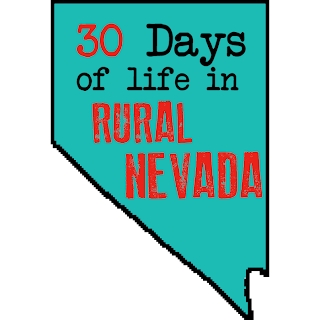I have mentioned before that my husband-to-be is starting a
sheep dairy. Yesterday, I posted about doing the chores while he is away. Aside
from hauling water to the pasture they are grazing, my other job while he is
gone is to let them eat more of the pasture. We use a system called rotational
grazing. Basically we give the sheep a certain amount of grass to eat each day
and then move the fences so they can eat another piece.
We have about 180 sheep in this group, so they get moved
every day to every other day depending on the section of the pasture we are in.
Just like any other crop, some sections of the field are denser than others. The
electric fence is connected to a car battery. We have two batteries and rotate
them from the fence to the charger in the house. There are many types of fence
chargers, but we use this simple one because our ewes only graze for the time
when they aren’t milking.
Here is a good picture to explain rotational grazing.
The left side has been grazed the right side has not been. They are left on it long enough to eat down to just below where you could harvest it with a swather. We use this system
because not only does it allow the sheep to get the most out of a pasture, but
it also allows the pasture to rest. It is grazed, aerated and fertilized and
then rests for a few weeks which allows the grass to grow back thicker than it
was before.
It is also an economical option for us in terms of feeding
the sheep. As a grazing dairy farmer friend in California says, “They harvest
it for ya, store it and feed it to themselves. Then they fertilize and aerate
the grass while they’re at it.”
Rotational grazing isn’t huge in Nevada yet, but my
sheepherder and his brother have both had good luck with it. Maybe it will
catch on with time, but most likely only for dairy sheep. Most range sheep in
Nevada still run on desert ranges taken care of by Peruvian sheepherders that
live in sheep camps and only come into the headquarters every few weeks. They are truly
a living symbol of Nevada’s history and most of its families’ past.

.JPG)

No comments:
Post a Comment